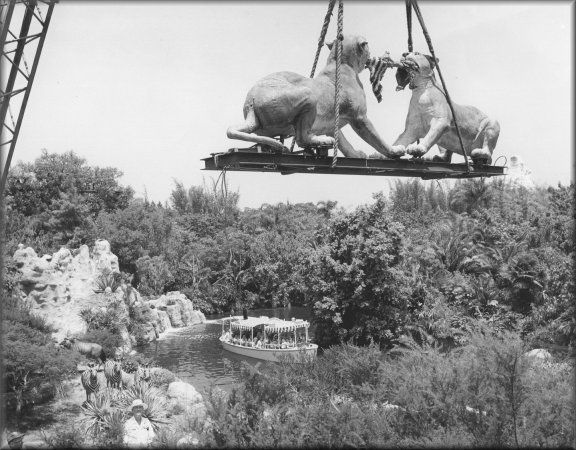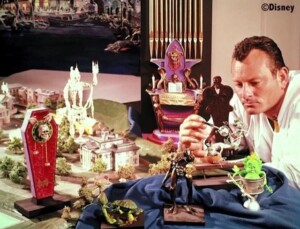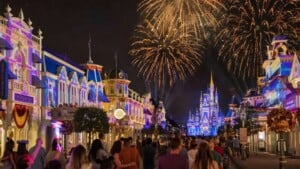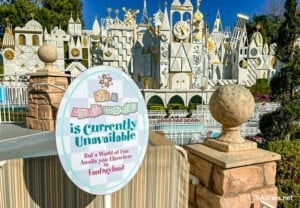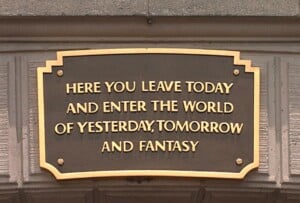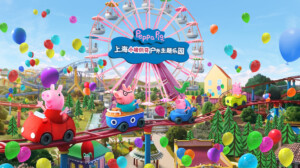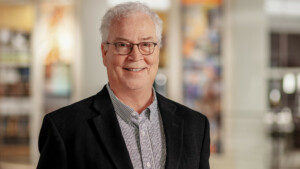There have been lectures and much discussion as to theme parks and themed design being considered “an art form.” So what defines art? Here’s one take.
 By Eddie Sotto, President of SottoStudios/LA.
By Eddie Sotto, President of SottoStudios/LA.
“The expression or application of human creative skill and imagination, typically in a visual form such as painting or sculpture, producing works to be appreciated primarily for their beauty or emotional power.”
There are many artistic expressions in this world, but what separates them is their timeless emotional power. Look at movies. We still love Bogart and Bacall as much as Roberts and Clooney. Certainly the repeatablility of theme parks and their immersive experiences are evidence of their deep emotional effect as a 20th Century art form.
Accidental art
So yes, you can say they have been determined to be works of art in that they are collaborative works of artistic skill and emotional power, much as the ceiling of a cathedral told it’s story and the execution itself even broke new ground. Stained glass windows of the 16th century bathing the stone floors were the “projection mapping” of their day, no?
We can go on and on comparing the story techniques of the past to how they evolved and the immersive nature of sacred places, but that’s another article. People and their reaction to art is what makes one work sought after or timeless. But once we see our work as an art form, does it change how we view it?
Artists themselves often say that they never set out to create art. Rather they observe and express something, then let the viewer see themselves in it, or discover the emotion inside. It’s about people and communication. Painting every leaf on the tree certainly demonstrates skill, but leaves little for the viewer to do but count them. They are dictated the scene versus being able to mentally finish it in their mind, or participate in it.
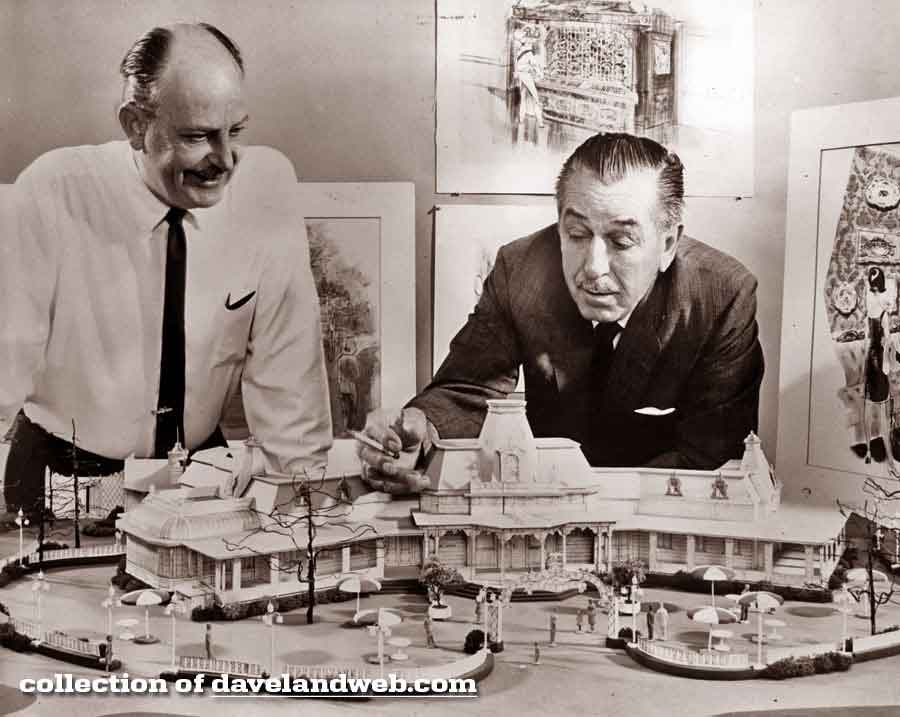 Walt Disney and Imagineer Herb Ryman were walking through what as to become Disneyland and Ryman gestured to a dusty area where a restaurant was to be and asked “what do you want me to do over there?” Disney thoughtfully paused and said, “Do
Walt Disney and Imagineer Herb Ryman were walking through what as to become Disneyland and Ryman gestured to a dusty area where a restaurant was to be and asked “what do you want me to do over there?” Disney thoughtfully paused and said, “Do
something people will like” and walked away. Ryman fumed at the lack of direction, but in retrospect, it was the clearest direction of all.
“We are in the fun business!”
That dustly lot Herb was shown eventually became the “Plaza Inn,” Disneyland’s victorian buffeteria, awash in gothic fretwork, crystal chandeliers and velvet draperies. Disney was asked why it was so elaborate. He said,”I want to allow anyone for the price of a hamburger to be able to dine in a fancy restaurant.”
Disney was about satisfying the emotional needs of the guest first and foremost.
Disneyland would get critized by the intellectuals and elites as being “kitch” or “corny.”
He replied “I’m corny. But I think there’s just about a-hundred-and-forty-million people
in this country that are just as corny as I am.”
It was about the audience and connecting with them, and the love affair with the execution made it art. I’ve been introduced by architects as a “representational designer”, or copyist, as they thought all we did is xerox existing facades from history books. They did not realize that themed design is interpretive, psychological, theatrical, and even manipulative, and at best not a lift from a travel guide. If it was, no one would be coming back!
Of course, good entertainment design deserves respect. This is because so many invest countless hours and lost skills to make these places the alternative realities they are. They deserve to qualify as works of art.
 As passionate as we are, sometimes it’s wise to not take what we do too seriously or
As passionate as we are, sometimes it’s wise to not take what we do too seriously or
become too self-conscious of what we’re making as to design for reviews. We are in the fun business. I was warned all too often “Eddie, they don’t go home whistling the architecture!” Walt never lost sight of who he was entertaining. He did not add detail or “art’s sake”, but for the guest’s sake.
Focus on the fun
In fact, his attempt to satisfy the elites with films like Fantasia, although stunning, did not resonate with the public. Even Coney Island sought to elevate its audience with the more cultural Dreamland. This was wrapped in french Beaux Arts elegance, and did not succeed like the Luna and Steeplechase Parks.
I guess what I’m saying is that we do our best when we wrap the history of New Orleans in “singing Pirates”, focusing on the fun first. IAAPA can remind us with the aisles of “dippin’ dots”, “whack-a-mole” demos and smell of the popcorn, as that too is part of that “art form” we love so much.
Top image: Tom Simpson Flickr.
